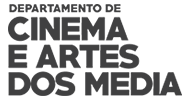
My Exploratory Journey or: How I Learned to Stop Worrying and Love my Ph.D. (Part II)

Marco Fraga da Silva
- Ph.D. student in Media Arts at the Universidade Lusófona de Humanidades e Tecnologias
I’m developing a practice-based Ph.D. thesis in Media Arts at the Lusophone University of Humanities and Technologies [01], under the title “Transmedia Storytelling and Speculative Worldbuilding: Graphic Literature and Cinematographic Strategies in the Construction of a Transmedial Franchise”. The metaphor of the ‘exploratory journey’ as a methodological process, defined by Carole Gray and Julian Malins on their book – “Visualizing Research: A Guide to the Research Process in Art and Design” [02] –, will be used as a research methodology for my Ph.D.
In this second travel log, similar to the ‘reflective journal’ mentioned in the book, I’ll be digging deeper into the necessary steps to make the journey. These reflective articles will replace the ‘journal’ but will maintain most of its properties: “a tool for describing, evaluating, summarizing and planning.”
The authors Gray and Malins used a generic research process “familiar to most disciplines” but made a twist on it, trying to adapt it to the more visual metaphor of the journey; therefore, the book is divided into several chapters that reflect the structure: 1) Planning the Journey; 2) Mapping the Terrain; 3) Locating your Position; 4) Crossing the Terrain; 5) Interpreting the Map; 6) Recounting the Journey.
On ‘Planning the Journey’ it’s paramount to have a methodology (and methods) and an investigative question. The methodology process, besides the overall ‘exploratory journey’ structure, will be composed of several methods and tools: mixed qualitative research approaches using case studies and comparative analysis. For that, I need a good bibliography list divided by the main concepts and areas of investigation. At the ‘suggestion’ of fellow investigator Lisa-Marie Cabrelli, I’m now using an x-cell document to better compile the many articles and books I have to read. Lisa-Marie Cabrelli is “pursuing a degree in Creative Writing”; as a research method for her Ph.D., she decided to create a podcast called “Building Dystopia – A Worldbuilding Journey”, where she interviews several transmedia and worldbuilding experts, and other creative people [03].
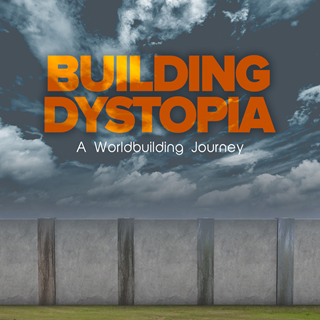
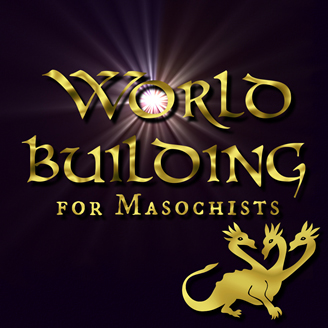
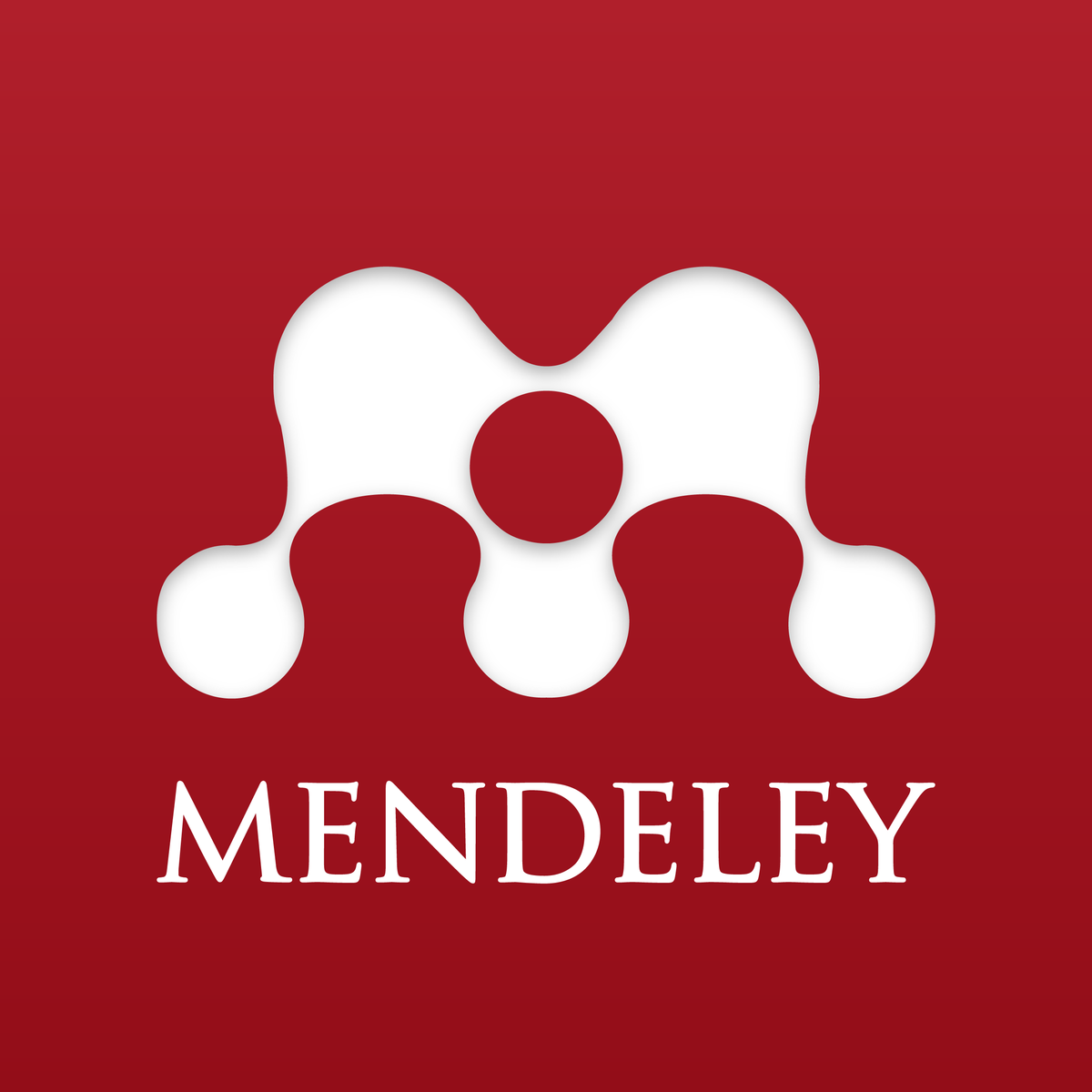
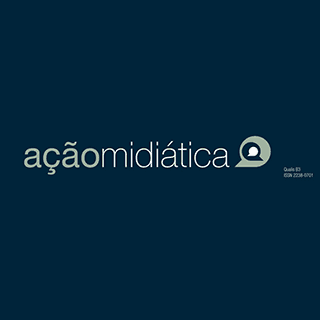
There is another great podcast that I’m listening to called “World Building for Masochists” [04], hosted by the authors Alexandra Rowland, Rowenna Miller, and Marshall Ryan Maresca. All episodes are great, filled with tips, pieces of advice, and good information, but I suggest starting with the “Episode 11: Threads of Life”. The episodes have transcripts, which can be useful when citing this podcast. I guess I should introduce an x-cell tab just for podcasts.
For the literature review, I will exploit the method of Analytic Reading (textual analysis, thematic analysis, interpretative analysis, problematization, and personal synthesis). This pragmatic technique seems adequate and it will be used alongside empiric research, discourse analysis, and hermeneutic approaches.
‘Mapping the Terrain’ when so many tasks have to be conducted and managed is difficult. I had to design a timeline to help me schedule the most important tasks. This is helpful but volatile; changes will be made. Nonetheless, this a very important tool to understand the adequate timing for certain tasks. Because I have a scholarship [05] I’m obliged to send reports of my research (orange squares). These reports are very important because they will allow me to continue receiving government support. Without the scholarship, my project is not viable. I’ve applied for three years, therefore my journey will be concluding in 2022.

I have installed Mendeley on my computer but I think the x-cell document with several tabs, divided by areas of expertise, is enough. Mendeley is a free reference manager used to organize research and an academic social network [06]. Because I have my thesis index, open for changes certainly, and because I know the thesis contents I just need to know which books are the best references for the themes, concepts, and areas I’m researching. Reading books, papers, Ph.D. thesis, and listening to good podcasts is the best way to understand who are the ‘gurus’ and which texts are mandatory readings.
These articles I’m writing work as a kind of reflection, substituting, as I said before, the ‘reflexive journal’; a useful device to map the terrain. These, and the academic papers I want to publish, will make me aware of the surrounding landscape of my journey and specific features of the terrain ahead. Gray and Malins say that the only way to “avoid dead ends or going over old ground” is “by making a thorough survey of what is out there and developing a critical understanding of what is directly relevant to your own research context.”
The ‘Locating Your Position’ phase was done when I made my candidacy to the aforementioned scholarship. According to Carole Gray and Julian Malins, this phase has to present the research question. For now, it’s as follows: How to create and develop an expansive storyworld through transmedia storytelling aesthetics?
To better grapple with the complexity and many concepts I’m trying to work with, two secondary questions were written: 1) what distinguishes the worldbuilding of a transmedia storytelling project from other fictional storyworlds?; 2) the contemporary hegemony of speculative fiction originates from its archetypal and mythological elements, and its greater propensity for transmediation?
The State of the Art section of my scholarship candidacy allowed me to understand where I am in terms of Portuguese and foreign research efforts in the main areas of my own investigation. The main areas are Transmedia Storytelling, Worldbuilding, Speculative Fiction, and Comics. My keywords are Speculative Fiction, Mythopoeia, Storyworld, Transmedia Storytelling, and Worldbuilding. The State of the Art I wrote has to be updated, of course, therefore, I won’t be going over it now.
For a better understanding of my journey I created a list of the main tasks I have to tackle with along the way:
- Bibliography compilation and review;
- Case studies selection and review;
- Writing reflexive articles;
- Writing academic papers for journal publication;
- Creating the graphic novel “Uluru” (uploading the story to the Internet);
- Creating the transmedia strategy for promotion, and the crowdfunding campaign for printing the book “Uluru”;
- Creating a questionnaire (snowball method) for readers’ feedback;
- Creating a Production Dossier to be sent to several animation studios and try to adapt into audiovisual the “Uluru” graphic novel and the worldbuilding I have created (there are other stories);
- Writing the thesis.
‘Crossing the Terrain’ requires “a variety of vehicles for exploration (…) providing us with different means of evidence collection and different perspectives of the issues.” For the several tasks I have to accomplish, I will need different methods and methodologies. I’ve mentioned some of them. Gray and Malins talk about ‘mind-mapping’. This is a useful tool to visualize the structure of my practice-based thesis, therefore I decided to do a mind map to help me memorize the several components of my project and understand how they fit together. This is an important visual aid for thinking about the structure and the content of my doctoral project.
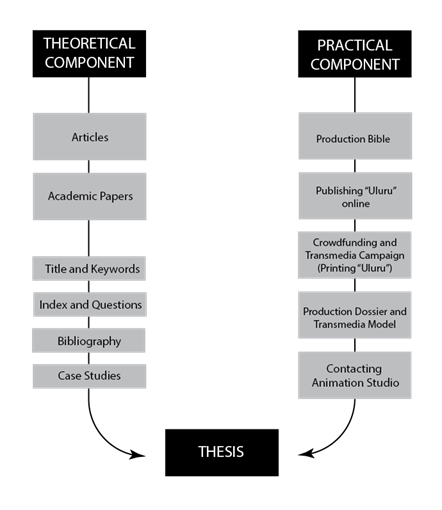
A very important component of crossing the terrain is certainly the academic papers I want to publish, where I investigate themes that are pertinent for my thesis. In January 2020 the online journal “Ação Midiática – Estudos em Comunicação, Sociedade e Cultura” [07] published its 19th issue, dedicated to the theme ‘Myths, Media, and Imagination’. I have, on this issue, a paper of my own, titled “The New Myths of Speculative Fiction Cinema: How Mythical Thought is Returning in the Contemporary World”. The abstract is below.
“This paper argues that the decline of myth and mythical thought is reversing and that the substitute of ancient myth in modern societies – politics – has been replaced by the speculative fiction genre of cinematic storytelling. With this in mind the paper creates a link between: our species ability to tell stories and our necessity to consume them; the importance and characteristics of myth and mythical thought; the human craving for mythical stories; the contemporary speculative fiction trend worldwide in the box office; and a study of the most influential films of all time.” [08]
I’m now working on another paper to send to the “International Journal of Film and Media Arts” [09], an open access publication subsidized by the Film and Media Arts Department of Universidade Lusófona de Humanidades e Tecnologias. I’m still writing the text (abstracts to be submitted by 28 April 2020).
‘Interpreting the Map’ of my journey will allow me to have a clear view of my final destination. I guess this is the first step for ‘Recounting the Journey’ or, the writing of the thesis. But defending my thesis will not be, actually, the end of my project. This exploratory journey is just the beginning of a longer one. The graphic novel “Uluru” is the first monomyth of a trilogy about this character (two monomyths) and there is another big narrative I want to tell on this storyworld. This other story will be titled “Dragon Head”, and takes place more than 500 years after the “Uluru” trilogy. There are other stories.

